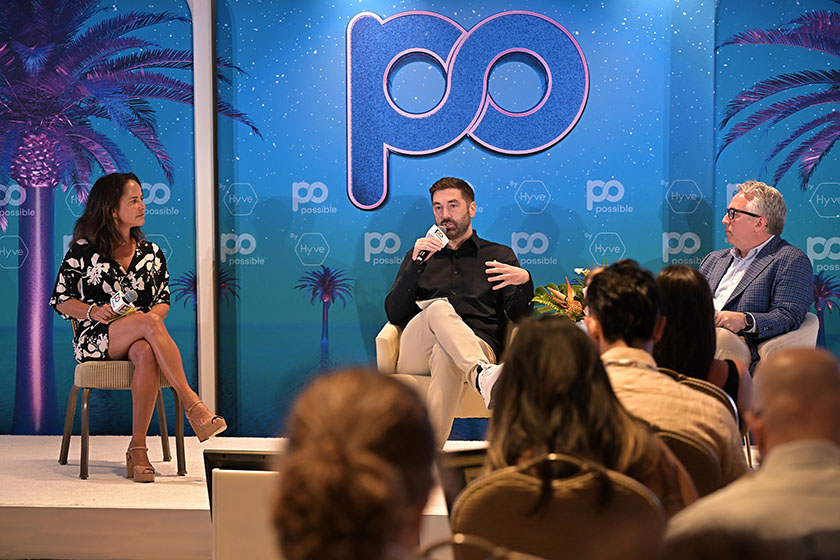As an auto insurance marketer, it’s challenging to connect with your best prospects and make sure you’re reaching them at the right place and time with the most relevant messaging. And without the right data, tools, and partnerships in place, ad campaigns can go sideways fast.
Programmatic advertising unlocks new opportunities for insurance marketers to quickly reach target audiences via programmatic tools, platforms, and processes. Experts say that, in 2026, programmatic will approach $300 billion, making programmatic investments a high priority for most auto insurance marketers.
What is programmatic advertising?
Programmatic ad buying is simply the use of software to buy digital advertising. While traditional advertising includes requests for proposals, quotes, and negotiation, programmatic buying uses algorithmic software to buy and sell online display space. Examples include banner ads on websites, video ads that appear before a YouTube video, or ads that appear within a mobile app.
The main components of programmatic advertising are real-time bidding and audience targeting.
- Real-time bidding (RTB) occurs when multiple advertisers bid to display ads to users on digital media platforms. Examples of platforms include desktop and mobile web pages, mobile apps, digital video, audio, and TV. This all happens behind the scenes in nanoseconds. Publishers set a bid price they’re willing to pay to display their ad to a targeted audience, and the highest bidder wins the ad space.
- Audience targeting is the use of data to allow advertisers to anonymously reach groups of consumers who share similar behaviors or characteristics. Behaviors can include things like how people shop, what products they buy, where they go, and how they drive. As a result, advertisers can target shoppers based on characteristics like gender, age, household income, marital status, home ownership, shopping habits and driving behaviors.
Launch your programmatic marketing campaign
To kickstart your programmatic advertising campaign, you need audience data and the ability to activate it across media campaigns via RTB. For auto insurers, programmatic advertising is a great way to reach your most valuable prospects at scale with the right messaging and pricing that fits your company goals.
How do you launch your first campaign if you’ve never entered the programmatic space? Start with the following steps:
- Target the right audience for your business. Auto insurers want quotes and binds, but are also concerned with the quality of drivers they convert into customers. Better drivers have a higher Customer Lifetime Value, resulting in greater profitability. Arity Audiences are built from driving behavior data with connections to 200 million+ U.S. drivers — providing insurers the ability to reach new customers based on actual driving habits. These behaviors include distracted driving, speeding, sudden braking and acceleration, annual mileage, commuting habits, and more. Arity Audiences can be found in all major DSPs, as well as the Arity Marketing Platform.
- Run campaigns on a private marketplace (PMP): With a PMP, you can reach your audience in a contextually relevant and transparent environment. A PMP is a network of websites or mobile apps that reach audiences with shared behaviors, interested in a common theme. The Arity Marketing Platform is a great place to start, with more than 20 million consumers using apps to track their driving — all of whom have opted-in to sharing their data. Arity Audiences can be reached within the Arity Marketing Platform to find drivers based on their behaviors.
Enhance your programmatic marketing strategy today
Discover new ways to reach your best customers at scale with programmatic advertising solutions by Arity. We provide access to the world’s largest database of driving behavior for proven marketing solutions, and can forecast lifetime value while helping you find and connect with more customers than ever before.
Contact us today to learn how Arity can help you boost marketing ROI.

